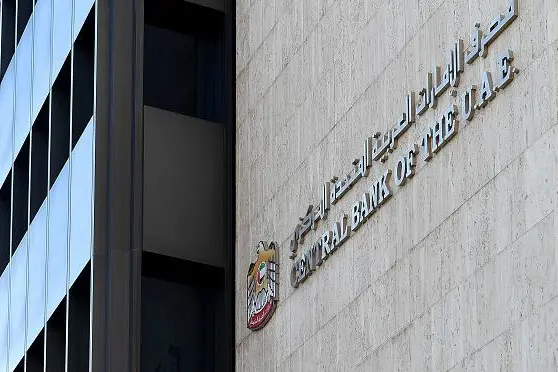PHOTO
Banks across the UAE have further reduced their payrolls and shut more branches as the industry continues to move towards digitisation and cost-cutting amid the coronavirus pandemic, new data from the country’s central bank have shown.
From October to December 2020, at least 18 branches closed their doors, reducing the total number of outlets nationwide to 541 at the end of the last quarter.
During the same period, 447 employees in the banking sector lost their jobs, with the total workforce falling by 1.3 percent to 33,444 at the end of December 2020.
“The need for operating efficiency, cost effectiveness to support banks’ bottom line is driving digitisation and the closure of branches,” the UAE Central Bank said in its latest Quarterly Economic Review.
Banks have been on the frontline during the coronavirus pandemic, supporting government’s economic stimulus programmes to help cushion the financial impact of the outbreak.
Financially sound
The central bank maintained that banks in the country remained financially sound despite the economic contraction. It noted that deposits at banks, as well as gross credit, went up on a yearly basis, while the economy showed gradual recovery in the second half of 2020.
Private sector deposits surged by 5.4 billion ($1.5 billion), or 0.5 percent, in the fourth quarter compared to the previous three months. However, total resident deposits, which make up 89.3 percent of total deposits, fell by 2.2 percent, but this was mainly due to a contraction in government deposits by 46.3 billion dirhams.
The industry also remained well capitalised, with an average capital adequacy ratio (CAR) at 18.2 percent, Tier 1 capital ratio at 17.1 percent and common equity tier 1 ratio (CET 1) at 14.9 percent.
The loan to deposit (LTD) ratio for the whole banking system fell to 94.4 percent at the end of the fourth quarter, slightly down from the 94.6 percent at the end of the previous quarter.
Total assets decreased in the fourth quarter by 2 percent and gross credit decreased by 1.4 percent. Domestic credit also fell by 0.9 percent, owing mainly to the decline in private sector credit. “However, this decline was mainly due to some banks’ and their customers’ portfolio rebalancing,” the central bank said.
COVID-19 and digitisation
Like most businesses, banks across the country were forced to accelerate the digitisation of its customer services last year due to the coronavirus pandemic.
The trend has been partly fuelled by the need to quickly implement stimulus programmes in the midst of an unprecedented public health crisis. Banks have had to postpone payments, waive fees or extend loans to struggling businesses and consumers.
“The stimulus program has delivered a wake-up call for many banks that have realised just how many of their operations are still slowed down by paper-based processes,” wrote Jan Bellens, global banking and capital markets sector leader at EY, said in a report.
“The impact of COVID-19 has aggressively accelerated digitisation programmes – we’ve seen technology solutions that may once have taken a year to put in place, implemented in just days,” the report said.
(Reporting by Cleofe Maceda; editing by Seban Scaria)
Disclaimer: This article is provided for informational purposes only. The content does not provide tax, legal or investment advice or opinion regarding the suitability, value or profitability of any particular security, portfolio or investment strategy. Read our full disclaimer policy here.
© ZAWYA 2021












